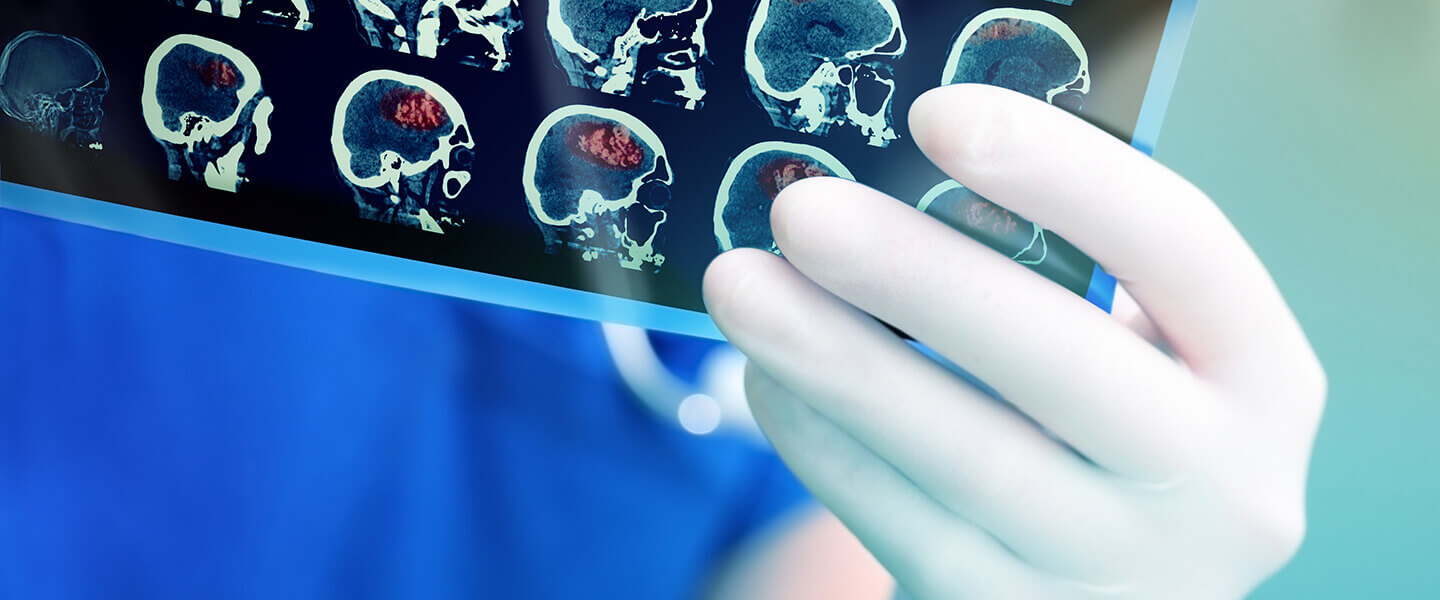Machine-learning Helped Identify Newly Diagnosed Schizophrenia Patients and Predicted Treatment Response
Machine-learning Helped Identify Newly Diagnosed Schizophrenia Patients and Predicted Treatment Response

Using machine-learning techniques to analyze functional imaging data, a team of Foundation-supported researchers reports that it was able to identify the presence of schizophrenia in 78 percent of a group of newly diagnosed patients. The team could further predict, with 82 percent accuracy, which patients would respond to treatment with the antipsychotic medicine risperidone.
This is a step toward finding reliable biomarkers to assist doctors in diagnosing schizophrenia, and eventually, even to predict the illness before symptoms appear, according to Bo Cao, Ph.D., a BBRF 2016 Young Investigator at the University of Alberta, Canada. Dr. Cao was first author of the team’s paper, published in June in Molecular Psychiatry.
Dr. Cao and colleagues collected fMRI brain scanning images from a group of schizophrenia patients who had just had first episodes of psychosis but who had not yet been treated for the disorder. The scans were also made in healthy community members who were recruited as controls. The team used machine-learning algorithms (math-based procedures) to analyze the images and assess connections between a part of the brain called the superior temporal cortex (STC) and other cortical areas. The STC is involved in the perception of sound and the integration of sensory information.
Results suggested that in the early stages of schizophrenia, information sharing between the STC and other parts of the cortex are reduced, compared with levels in people without the illness. Since antipsychotics can cause changes to the brain over time, the team intentionally recruited patients who had not yet received such medicines to avoid potential confounding effects from the medicine. The result is intriguing for its suggestion that STC connectivity may be a useful biomarker of early-stage illness and psychosis risk.
Dr. Cao stressed the importance of trying to diagnose and treat serious mental illnesses like schizophrenia as early as possible. The team said the findings now need to be validated with larger patient samples, but suggested that the study represents an important step toward the development of translational tools in early diagnostic identification, as well as personalized treatment approaches for initial treatment in first-episode schizophrenia.
The team’s senior member was Xiang Yang Zhang, M.D., Ph.D., a 2013 BBRF Independent Investigator currently at the Institute of Psychology, Chinese Academy of Sciences. Other members included Baylor College of Medicine researcher Raymond Y. Cho, M.D., M.Sc., a BBRF 2015 Independent Investigator and 2005 and 2003 Young Investigator, and University of Texas Health Science Center of Houston researcher Jair Soares, M.D., Ph.D., a BBRF 2002 Independent Investigator and 1999 and 1997 Young Investigator.
If you found this article interesting, you may find this Meet the Scientist Webinar interesting: A Beautiful Mind: John Nash, Schizophrenia, Game Theory and Recovery from Schizophrenia With and Without Medication



